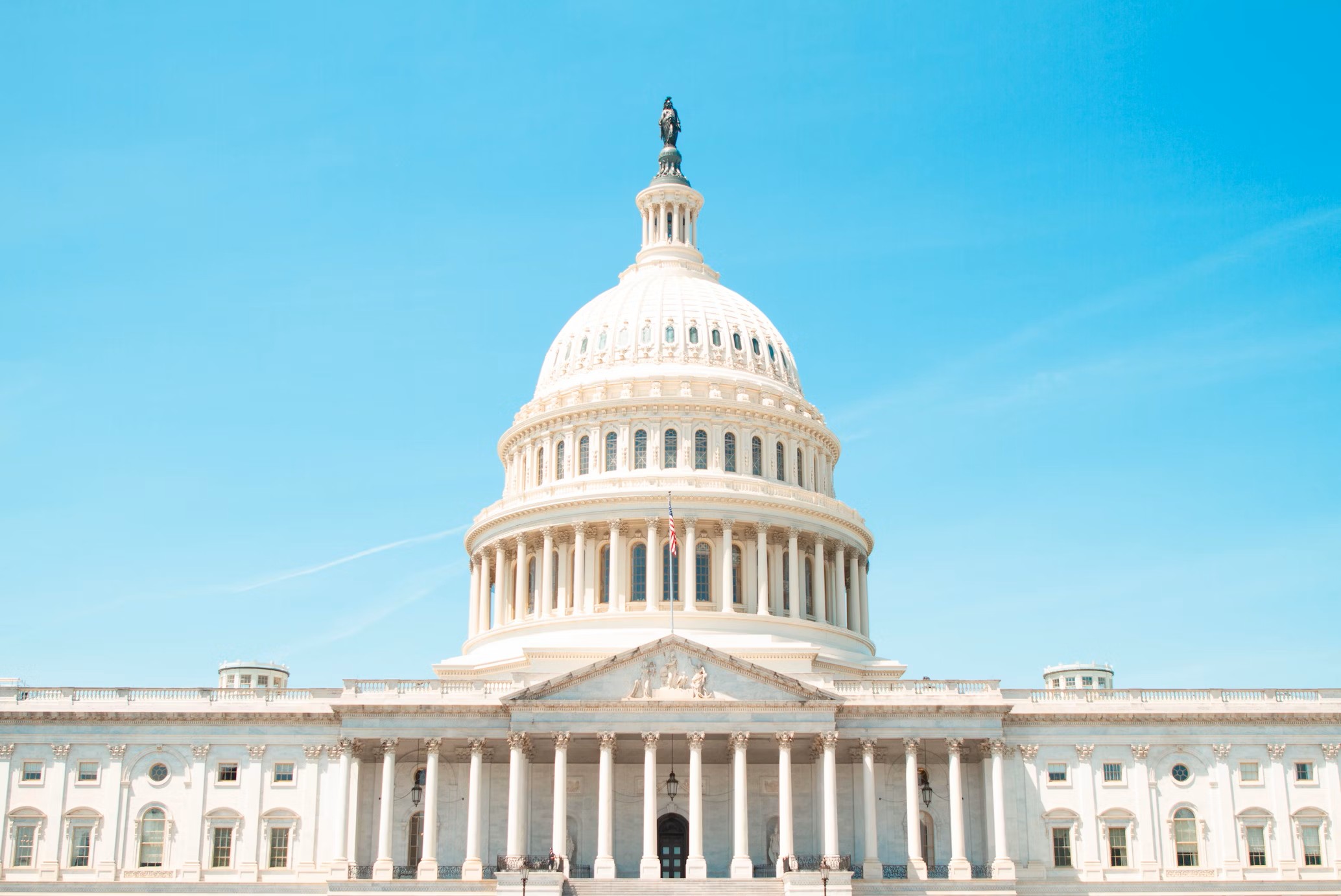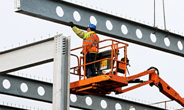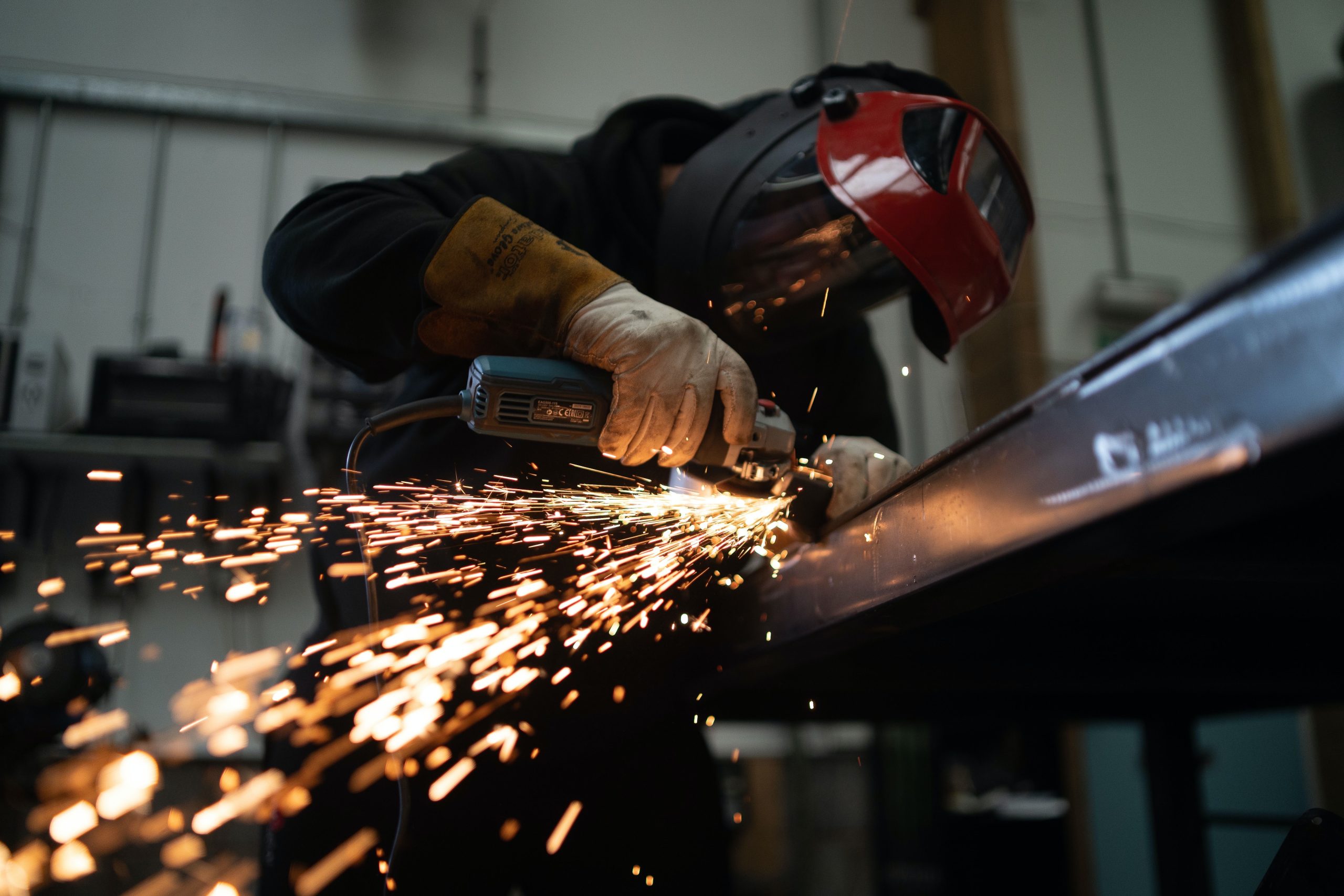Economy

Could Section 232 Cause a Steel Shortage?
Written by Tim Triplett
February 2, 2018
Inaction by the Trump administration leaves the market to wonder if the Section 232 investigation will lead to new tariffs or quotas this year on steel imports. Steel buyers contacted by Steel Market Update are concerned that additional restrictions on foreign imports may create a shortage and make steel prices even more volatile. Following are some of their more insightful comments:
- “If U.S. GDP is rolling at 3 percent plus this year and imports are further limited, yes, we will see shortages. I would expect we’d need at least 30 million tons of imports to balance demand domestically in 2018.”
- “We are approaching a very critical period for steel. The combination of constricted supply and strong demand may lead to allocation of some degree.”
- “It’s possible we could reach a point where HR could become very tight/short, if a large portion of pipe/tube imports are prevented from coming here. One would assume that BOF restarts at USS and AK would occur, if the import restrictions on pipe/tube are slated to be in place for a multi-year duration. This would be required for the mills to invest to restart the furnaces. It would also require HR import price spreads to remain unattractive, as has been the case for a while.”
- “I am very concerned about possible shortages. Domestic mills are not ramping up production to keep up with demand, and they are putting contract buyers on allocation. They were very vocal that they could meet U.S. manufacturers’ steel needs when pushing for Section 232. Well, they currently are not doing that. The mill capacity utilization rate is still dropping while demand is increasing. That’s not a good recipe for U.S. manufacturers. It’s time to put up or shut up, as far as I am concerned. The mills have record profits, but bottom line they are not doing what they stated they would do. They need to produce more steel quickly.”
- “It [shortage] would depend on the severity of the action the president takes. For our material needs, things would need to go pretty dark in the U.S. for this to affect us much. I’m still hoping the worst of this blows over by the end of the year and we can get back to a new normal. Then again, Trump’s infrastructure plan is going to cost the taxpayers a whole lot more than anticipated if he locks out imports.”
- “Yes, I’m concerned about shortages, and if we have unplanned outages it will really mess up the market. I think we got lucky the AK outage wasn’t more severe.”
- “Obviously, if they limit imports, there will be a shortage. The U.S. cannot supply all our demand. Those who have not been a buyer of domestic steel will be out in the cold for a while and will have to make some tough decisions on how to keep their factories running. Steel prices are already volatile. I think an announcement on 232 will stabilize pricing somewhat…unless the government has something else up their sleeves to keep the industry in turmoil.”
- “Shortages and pricing are yet to be determined. Several factors need to happen to influence both. Let’s not get ahead of ourselves. Fair and reciprocal trade was the loud and clear message coming out of Davos. America First, not America Alone, is also something that needs to be considered on all levels. Will this apply to steel? We’ll see.”
- “In theory, I’m not concerned about shortages. I think price stability at or around today’s levels should be the goal. Couple that with efficient and sustained domestic utilization at 80-plus percent and I believe the industry will begin to recover toward long-term prosperity. The elephant in the room is the importing of finished goods that compete directly with the domestic customers that we all serve. If a determination is made respective to 232 against base metal and it does not include finished parts, our customers will certainly suffer.”
- “I don’t think there will be a shortage of steel. I just think the president’s actions will allow mills to push prices higher to make big profits to the detriment of steel-consuming manufacturers who will be rendered further uncompetitive with overseas producers of steel-containing components.”
- “Yes, I am concerned about shortages. That’s why I think Trump will temper his reaction.”
President Trump could announce his decision on Section 232 anytime between now and the statutory deadline in mid-April. Meanwhile, mills are reporting lead times extending out into April as buyers line up to make sure they have enough material in case imports are soon out of reach.

Tim Triplett
Read more from Tim TriplettLatest in Economy

Industry groups praise Senate for passing tax and budget bill
The Steel Manufacturers Association and the American Iron and Steel Institute applauded the tax provisions included in the Senate's tax and budget reconciliation bill.

Chicago PMI dips 0.1 points in June
The Chicago Purchasing Managers Index (PMI) slipped 0.1 points to 40.4 points, in June.

Multi-family pullback drives housing starts to 5-year low in May
US housing starts tumbled in May to a five-year low, according to figures recently released by the US Census Bureau.

Architecture firms still struggling, ABI data shows
Architecture firms reported a modest improvement in billings through May, yet business conditions remained soft, according to the latest Architecture Billings Index (ABI) release from the American Institute of Architects (AIA) and Deltek.

Manufacturing in New York state contracts again
However, companies are growing more optimistic about the future.
